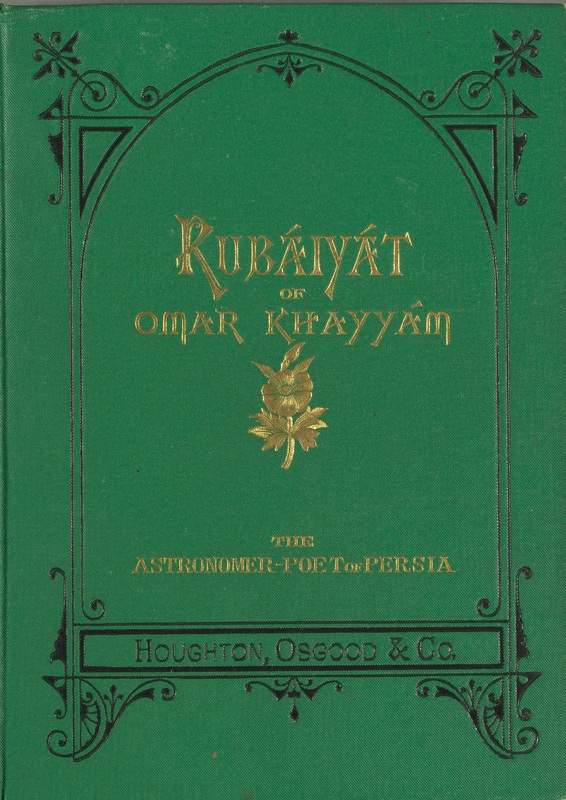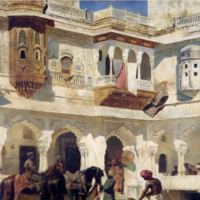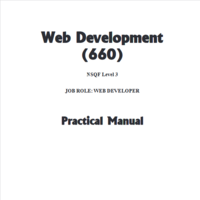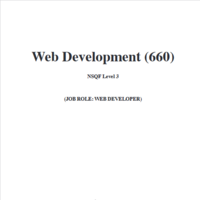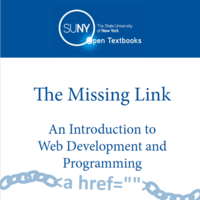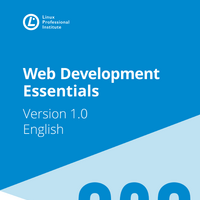Photos

siku 2 ago

siku 2 ago

siku 5 ago

siku 5 ago

siku 12 ago

siku 17 ago

siku 17 ago

Elimu Yetu Tennis Club, April 2024
siku 19 ago

We also introduced pickleball
siku 19 ago

siku 29 ago

kama miezi 2 ago

kama miezi 2 ago

kama miezi 2 ago

kama miezi 2 ago

miezi 2 ago

miezi 3 ago

miezi 3 ago

miezi 3 ago

miezi 3 ago

miezi 3 ago

miezi 3 ago

miezi 4 ago

miezi 4 ago

miezi 4 ago

miezi 4 ago




